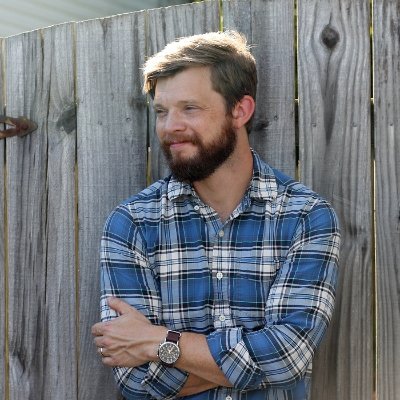 Ian Conrey is both a teacher and student of history and theology, who actively fights against human trafficking and is working toward an M.A. in Religion. In his free time, he enjoys reading biographies and ancient mythology, discovering early American folk songs, and exploring the Cohutta Wilderness. He lives with his wife and three children in the North Georgia mountains.
Ian Conrey is both a teacher and student of history and theology, who actively fights against human trafficking and is working toward an M.A. in Religion. In his free time, he enjoys reading biographies and ancient mythology, discovering early American folk songs, and exploring the Cohutta Wilderness. He lives with his wife and three children in the North Georgia mountains.
Tell us about your book.
Without restating the blurb, I’ll simply say that Hælend’s Ballad is a story about what happens when the world around us falls apart. Several MC’s have to rethink their purpose when they realize that their own people are probably not the “good guys” and others have to figure out what to do with their lives when their society, and possibly the entire world, seems to be coming to an end. Abuse and forgiveness are prominent themes, and a lot of the story revolves around the characters asking various philosophical and theological questions regarding the purpose of their existence.
Why did you want to write a book?
Books have always been a powerful influence in my life, and since at least my early teenage years I’ve wanted to write one. There were two main reasons that really pushed me to write this novel. The first, and somewhat of an obvious reason, is that books (especially fantasy) offer a wonderful way to escape for a moment and explore something different from our own world. I genuinely loved getting lost in the world I created and I wanted others to experience that as well. Second, I believe fiction is also a powerful way we can communicate certain realities of our own world in a fresh way. Both C.S. Lewis and J.R.R. Tolkien argued that fiction (specifically myth) had this unique ability to capture certain longings all humans have, and that is something I wanted to try to accomplish in my own writing.
Why did you choose to self-publish?
The moment my novel started to take shape, I knew I was in an uphill battle to be traditionally published. After numerous beta readers and a couple of professional editors, I managed to whittle it down to 230k words, which is more than double the acceptable word count for a debut author! But I attempted to seek an agent anyway. My main editor (Fiona McLaren – who is absolutely amazing by the way) warned me that I would get a lot of rejections simply because of the word count. After about 20 query rejections and only 1 full-manuscript request, I realized that the only way this book would get traditionally published is if I split the novel and reworked the first part to be a standalone. I sought quite a lot of advice and council on this, but in the end it was agreed that splitting it would only hurt the story, not help it. So, I decided to hire a proofreader and self-publish. It’s been a challenging journey but I am glad I made that choice!
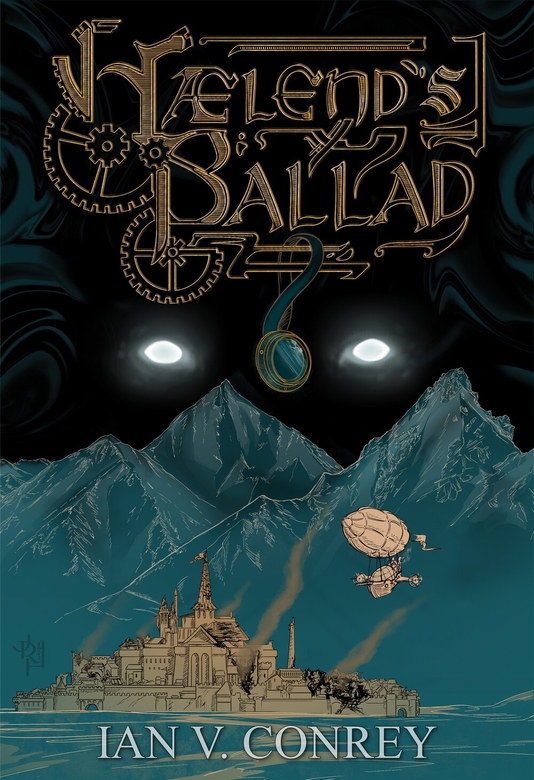 What tools or companies did you use, and what experience did you have?
What tools or companies did you use, and what experience did you have?
I wrote my manuscript on Microsoft Word (I’m not very good with Google Docs) and used Upwork to hire my first editor (Russell Womack) and cover and map illustrator (Jeni Hudson). I also used Reedsy to hire both my main editor (Fiona McLaren) and proofreader (Alison Rolf). My experience with both of those companies worked well and they were easy to work with. As to research, most of that was done through my own books at home and various websites including online thesaurus’ and baby name generators. Never underestimate free resources!
What tips can you give other authors looking to self-publish?
First, don’t get impatient and publish your book before its been thoroughly edited and proofread. I understand that editors are expensive and not everyone can afford them, but this is something self-published books tend to slack on (and it shows). In the least, get as many beta readers as you can who are willing to read through it, and hopefully help get it proofread. A fresh set of eyes are essential. I think the same goes with cover design. Just as not all of us are professional editors/proofreaders neither are we all artists. You can tell when someone just threw something together for the book cover, or even attempted to make it themselves when they don’t have a clue on how to do it… and it’s usually not good.
Second, start marketing early (at least 3 months before the release date). Get active on social media (Twitter has a great #WritingCommunity), make a website with regular updates, get reviews on Goodreads (and share those reviews), enter books contests, and do giveaways for ARC’s if possible. All of this will help expose your book prior to launch.
How do you deal with writer’s block?
Moments of writer’s block are never easy, but I dealt with it in two ways. First, I would listen to music, watch movies, read books, or even go on long hikes to try and find inspiration. Second, I kept my phone on me at all times so I could audio record any ideas that popped in my head before I forgot them. Most of my ideas actually came at night when I was trying to sleep or when I was on long drives, so having my phone handy was very helpful.
This was also beneficial because it helped me realize that the writing process was not simply done in front of the computer. When I was listening to inspiring music to help get me out of writer’s block, I may not have been typing on the keyboard, but I was still moving forward in the writing process. In fact, those moments were probably when most of the work was done.
Tell us about the genre you wrote in, and why you chose to write this sort of book.
Hælend’s Ballad is a blend of dark fantasy and steampunk. I love those genres and I felt that using both of them in my world really enhanced it by adding a sense of tension. For example, the story revolves around the rural medieval kingdom of Sunder, which has been colonized and exploited by the more advanced kingdom Daecland (which is currently experiencing a type of industrial revolution). Being able to show how the Daecish used their steam-powered technology to exploit the Sunderians for their own benefit was very exciting for me.
Also, this book was written in limited-third person from multiple points-of-view (a grand total of 18). That is a lot, but given the scope of the book, it really helped communicate some aspects of the story that I felt were important. For example, many characters assume they are on the right side, or that the other side is clearly on the wrong side. But adding these different perspectives gives the reader a chance to see how it’s not so black and white. What one perspective sees as a heartless tyrant, another sees as a humble leader who loves his/her family. In my opinion, this adds a depth and complexity to the characters that is far more realistic.
Do you have a favorite character?
Absolutely. One of the main protagonists, Adelyne, was by far my favorite. In many ways she was the most complicated, but also had so much about her that I felt others could relate to. Interestingly, she didn’t appear in my novel until fairly late in the writing process, but she quickly became on of the central figures. In some ways, you could even say that Hælend’s Ballad revolves around her.
Who are your biggest writing inspirations and why?
First, Tolkien and Lewis were undoubtedly my biggest influences. And ironically, it’s not so much because of their most famous works (Chronicles of Narnia, Lord of the Rings, etc.). Tolkien’s The Children of Húrin is one of my all time favorite books and it definitely has had a lasting impact on me. For Lewis, his essays and theological works were the most influential (especially “God in the Docks” and “Christian Reflections”). I’d also add that Robert Holdstock’s Mythago Wood has shaped me in how I write as well.
Second, musicians have been as influential to me as authors have. I love various Baroque, Classical, and Romantic composers, and I also love early American folk songs and ballads (Doc Watson and Jean Ritchie are two of my favorites). Modern musicians have also been inspiring to me, especially Mumford and Sons and Radiohead.
What were some influences that helped shape the tone and setting of your book?
Other than the authors and musicians I mentioned above, my book was strongly influenced by historical movements. Some of those included European society in the High Middle Ages, the Industrial Revolution, early American Appalachia culture, and even aspects of ancient mythology. At the same time, various elements of philosophy and religion played a huge role.
All of that was intentional because I wanted Hælend’s Ballad to be more than just an entertaining story. My aim was to create a world that reflected our own history and societies, with characters that asked the bigger questions about life. Hopefully, all of this challenges readers to think a bit deeper about our own world and the human condition.
Author Links
Get an Editorial Review | Get Amazon Sales & Reviews | Get Edited | Get Beta Readers | Enter the SPR Book Awards | Other Marketing Services



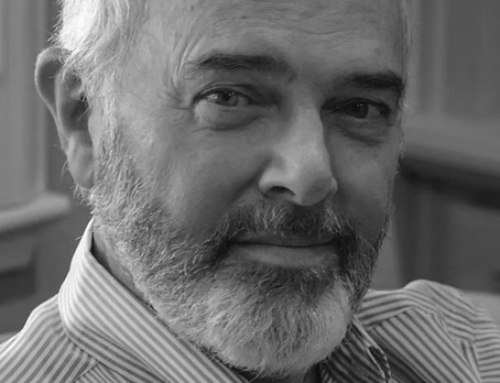
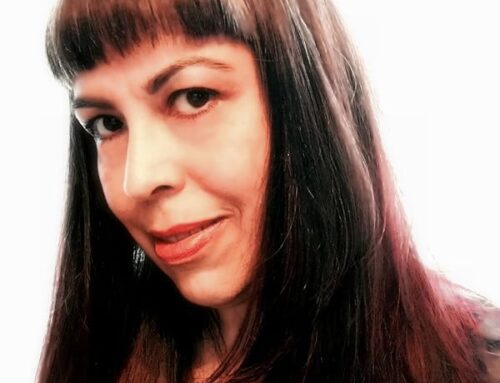
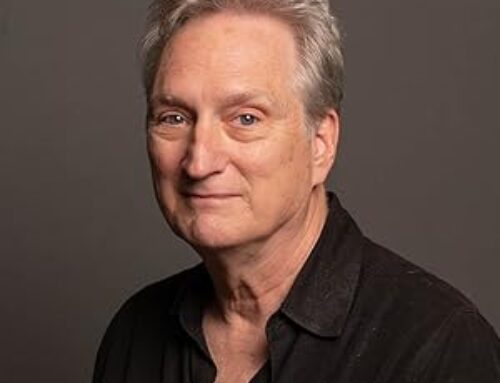
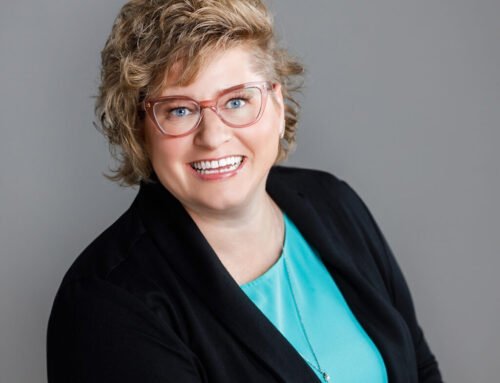
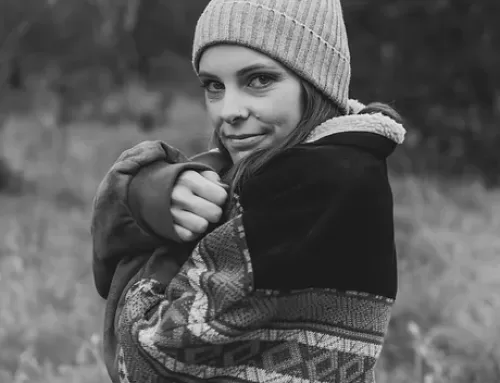
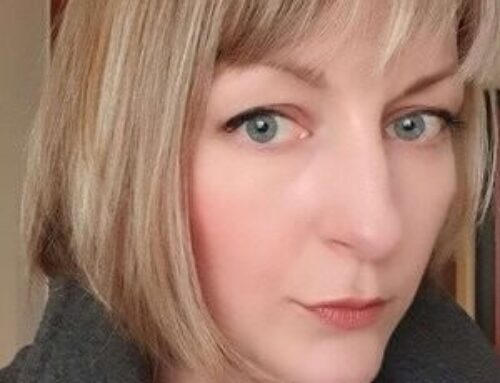
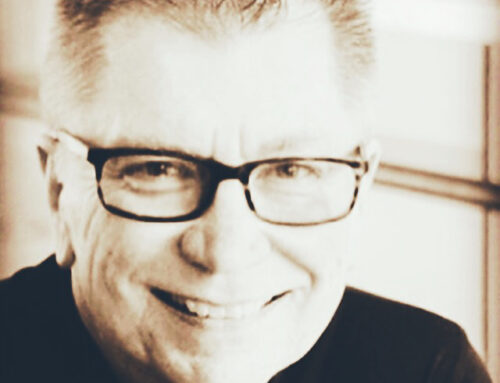
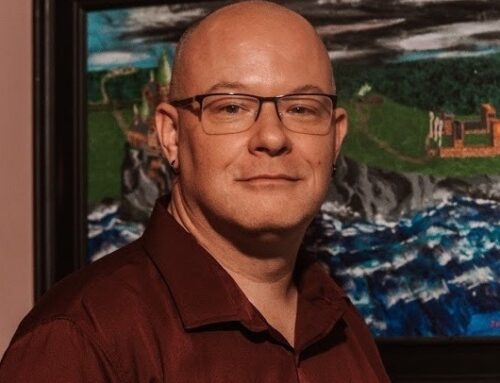
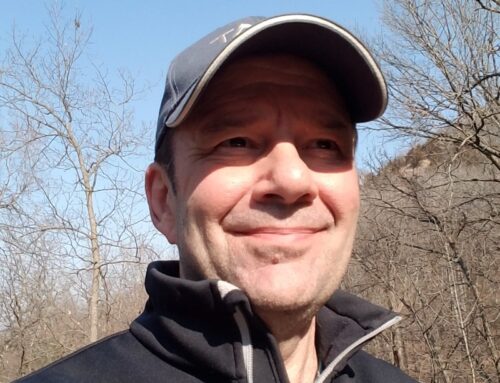
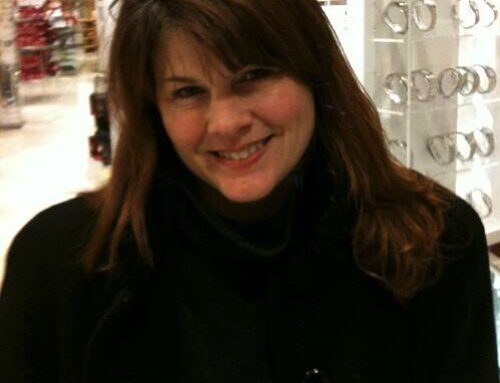
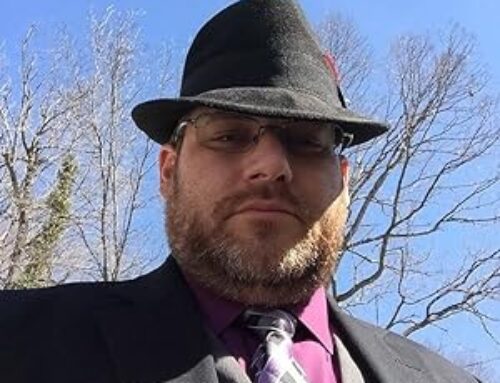
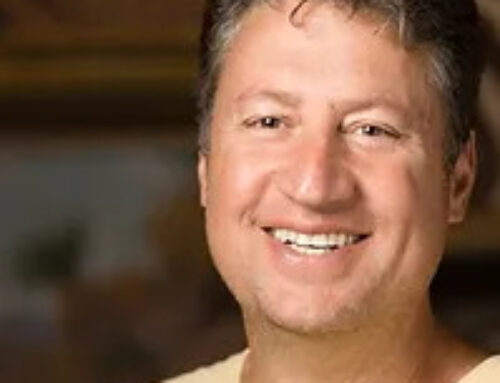
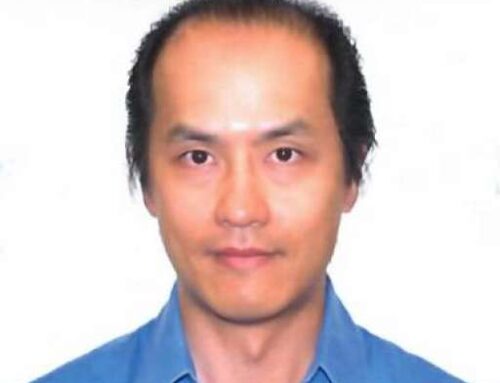
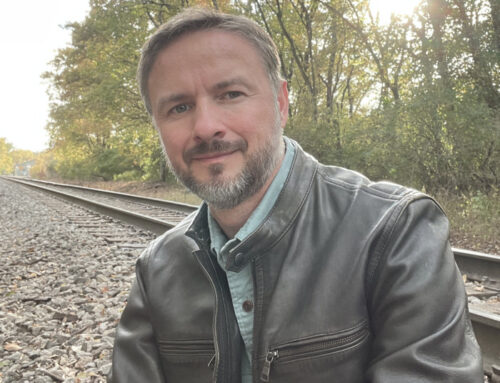
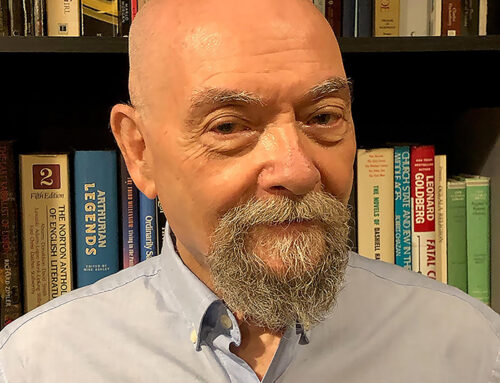

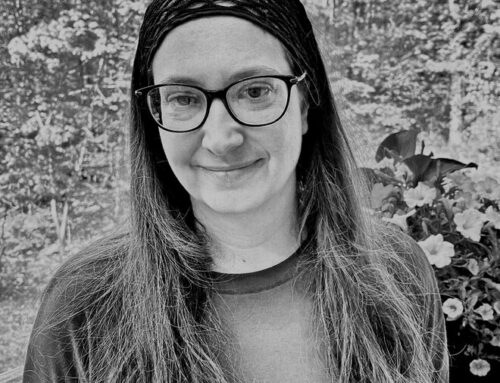
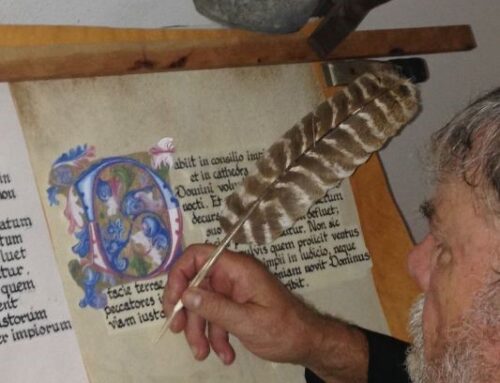
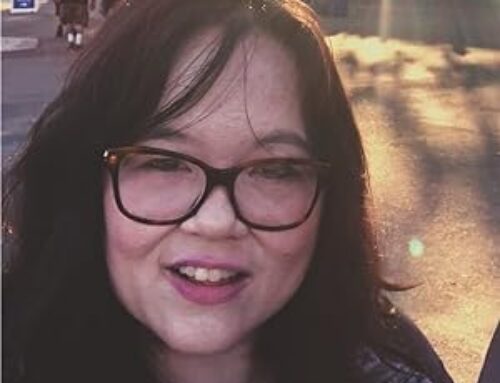
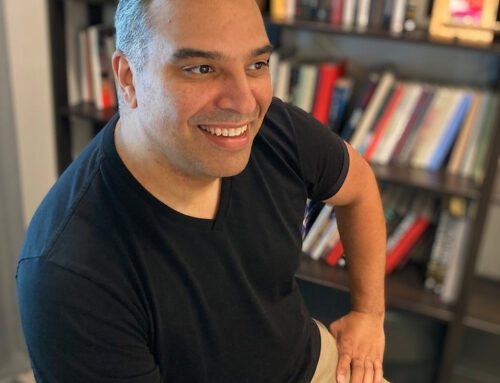
Leave A Comment